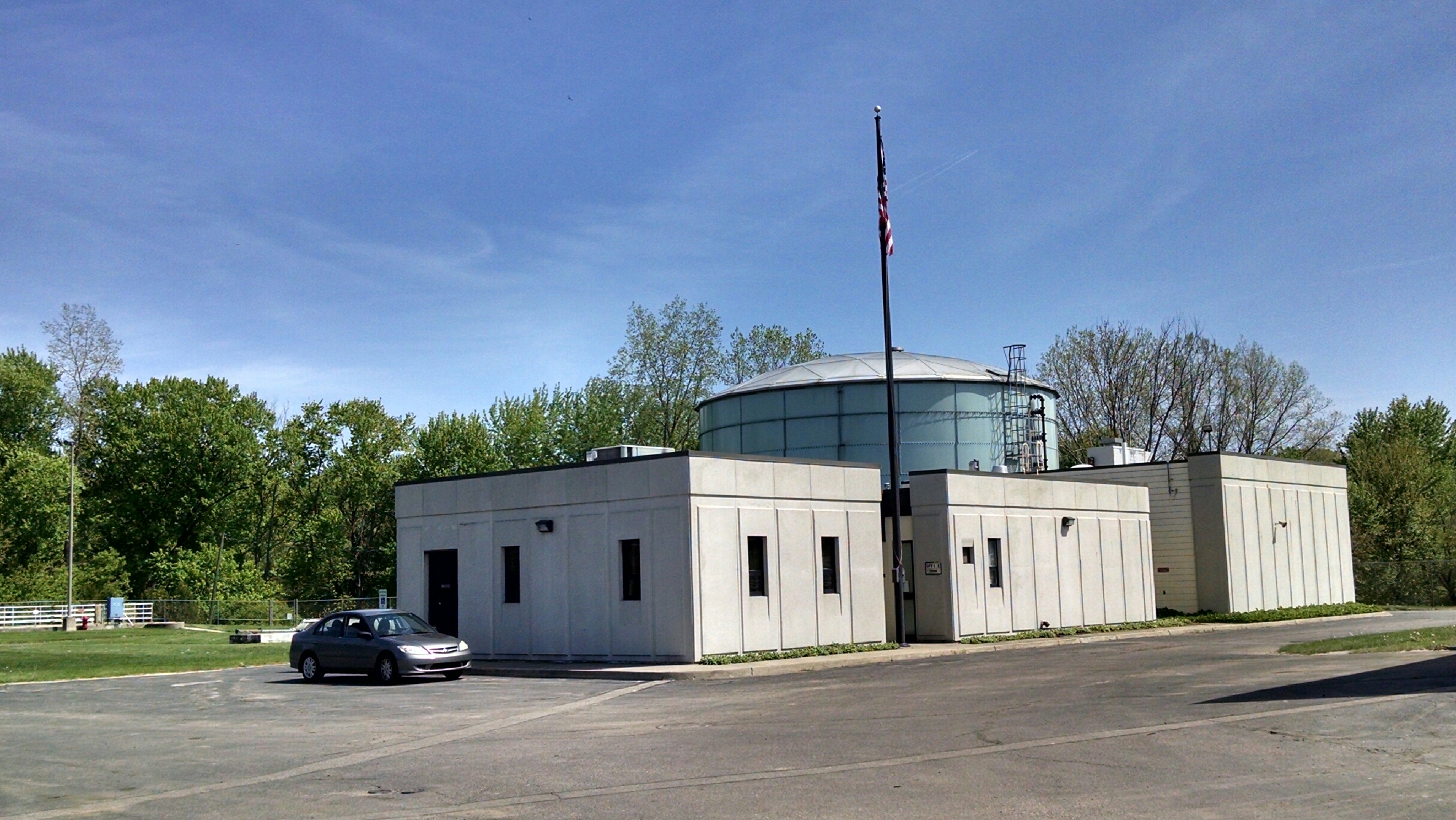With capacity to treat about 1.5 million gallons of wastewater a day, the Lowell wastewater treatment plant at 300 Bowes St. is considered small in relation to other such facilities that service cities such as Grand Rapids and Detroit.
But it still plays a big role in ensuring the water quality of the Flat and Grand rivers when it comes to reducing the concentrations of organic wastes and compounds containing phosphorus that reduce dissolved oxygen in rivers, essentially choking aquatic life.
Without the wastewater treatment plant owed by the city of Lowell and Lowell Township, the wastewater from homes, commercial enterprises and industrial processes would have to be treated by other means such as residential septic systems and onsite lagoons – or allowed to run directly into the Flat and Grand rivers as they did more than a century ago. With all of the growth of Lowell and Lowell Township during the past 20 years, the plant built in 1989 still has enough capacity to handle demand at this time.
With its expanded production, Litehouse Foods Inc. may generate up to 30 million gallons of wastewater a year from its operations in Lowell, which at its maximum would amount to about 5.5 percent of the total annual capacity of the Lowell wastewater treatment plant.
But the sheer volume of wastewater to be treated isn’t the only consideration for the Lowell wastewater treatment plant. The facility also needs to monitor the presence of elements such as phosphorus and milligrams per liter of organic compounds, measured as biochemical oxygen demand (BOD). As a measure of the organic strength of the wastewater, BOD gives the plant an indication of how the water must be treated in order to meet federal guidelines.
Companies are required to periodically monitor the BOD of their wastewater sent to the Lowell wastewater plant via sanitary sewer lines and pay surcharges and fines if the BOD levels of the wastewater exceed certain limits. The Lowell wastewater treatment plant may revoke the wastewater discharge permit of a company that has continual violations of sending wastewater with high BOD levels through the system.
For Litehouse to release its wastewater to the Lowell wastewater treatment plant, the company needs to pretreat its wastewater to reduce the levels of measured BOD in its effluent. The wastewater pretreatment plant at 625 Chatham St. is the most practical and robust way to accomplish that work, AWES officials say.
